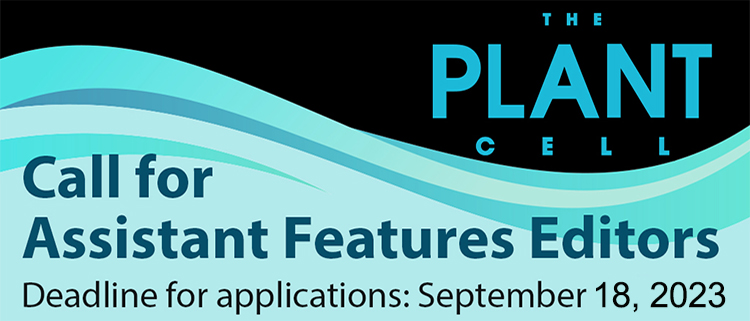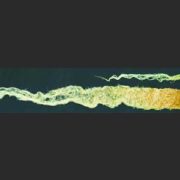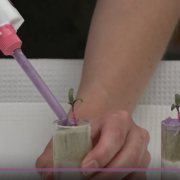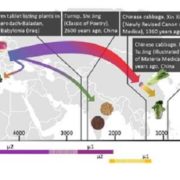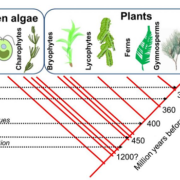The Plant Cell is accepting applications for Assistant Features Editors
Are you an early career researcher passionate about plants, writing, and science communication? The Plant Cell is accepting applications for new Assistant Features Editors (AFEs) for 2024. AFEs provide a valuable service to the journal, our authors, and the scientific community. In return, AFEs join our editorial board and receive training and experience in writing and communicating scientific findings to a wide audience, as well as networking opportunities and editor training through participating in activities of The Plant Cell editorial board. We are welcoming applications through Monday, September 18, 2023.
The Plant Cell AFEs contribute “In Brief” articles highlighting recent publications in the journal and have the opportunity to participate in editorial board discussions and receive peer review training.
Although largely a volunteer position, AFEs are paid a small honorarium and AFE profiles are posted on the editorial board page. AFEs will be provided with financial support to attend The Plant Cell Editorial board meeting and ASBP centennial celebration at Plant Biology 2024 in Honolulu, Hawaii, in June 2024. AFE appointments are initially for one year and are renewable for a second year upon mutual agreement. Candidates should be senior Ph.D. students or postdocs, and preference is given to postdoctoral researchers with a proven track record of research excellence, writing skills, and a commitment to communicating science. To apply, please send your application materials to TPCAFEapplication@aspb.org with “Plant Cell AFE Application” as the subject. Questions can be directed to Nan Eckardt (neckardt@aspb.org). Application materials must include:
- A cover letter explaining your experience and interest in the role and describing your areas of expertise.
- Current CV.
- Contact information for two professional referees; and request that each of these referees email a letter of recommendation to Nan Eckardt (neckardt@aspb.org) by the September 18 deadline.
- A first-author paper that you were responsible for writing.
- An In Brief writing sample. Please select an article from the following list and follow the guidelines below to prepare your writing sample. Most of these articles are open access: if you are unable to access your chosen article, please contact Nan Eckardt (neckardt@aspb.org) for assistance.
Ethylene enhances MdMAPK3-mediated phosphorylation of MdNAC72 to promote apple fruit softening
Expanded roles and divergent regulation of FAMA in Brachypodium and Arabidopsis stomatal development
Targeting of plasmodesmal proteins requires unconventional signals
Guidelines
In Brief articles are intended to provide readers with a brief summary of the main findings of a recent research article, along with relevant and interesting background information and a brief commentary on why the findings are important. Articles should be aimed at the general audience of The Plant Cell; that is, they should be written in an engaging style that will be understandable by graduate students or upper-level undergraduates majoring in science and also appealing and interesting to experts in the field. The text is limited to approximately 600 words and a maximum of five references (including the highlighted paper).
The In Brief should have a short descriptive title and should be accompanied by a relatively simple figure that illustrates a key point and is amenable to a brief legend (legends are limited to approximately 40 words). The figure might be an image from the research paper, possibly one or a few panels of a multi-panel figure, or another idea of something that is not in the paper, such as a picture of the plant or organism(s) under investigation or a simple diagram that explains a concept. (You don’t need to assemble a high-resolution figure; you might use the snipping tool and cut and paste into a PowerPoint or Word document or simply provide a suggestion and potential brief figure legend below the text.)
You may wish to read examples of published In Brief articles to familiarize yourself with the style and format. Good examples can be found in any recent issue of the journal, at https://academic.oup.com/plcell/issue.


